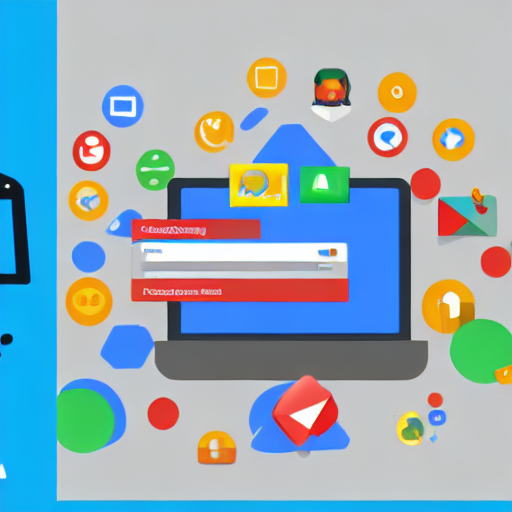

In the dynamic world of digital advertising, simply running Google Ads campaigns isn’t enough. To truly thrive and achieve sustainable growth, businesses need a sophisticated, data-driven approach. Traditional manual management is often time-consuming, prone to human error, and struggles to adapt to rapidly changing market conditions. This is where the Google Ads API comes into play. This comprehensive guide will explore how utilizing the Google Ads API for advanced automation can transform your Google Ads strategy, leading to significant improvements in efficiency, performance, and ultimately, long-term success.
Let’s face it: managing a large Google Ads account can be overwhelming. Consider a large e-commerce retailer selling a wide range of products. They might have hundreds of campaigns, dozens of ad groups, and thousands of keywords. Manually adjusting bids, pausing underperforming ads, and creating new variations would require a dedicated team and a significant investment of time. This is where automation becomes crucial. Automation allows you to shift from reactive management to proactive optimization, ensuring your campaigns are constantly adapting to maximize their potential.
Furthermore, Google Ads itself is constantly evolving. New features, algorithm updates, and targeting options are introduced regularly. Without automation, it’s incredibly difficult to stay ahead of the curve and capitalize on these changes. The Google Ads API provides the ability to integrate your own systems and processes, allowing you to respond quickly and intelligently to these shifts.
The Google Ads API (Application Programming Interface) is a set of tools and protocols that allow you to programmatically interact with your Google Ads account. Instead of manually logging into the Google Ads interface, you can use code to manage your campaigns, retrieve data, and make changes. This opens up a world of possibilities for advanced automation.
The API provides access to a vast amount of data, including campaign performance, keyword metrics, ad copy, and audience insights. You can use this data to build custom reports, integrate with your CRM system, and automate a wide range of tasks.
Here are some specific ways you can leverage the Google Ads API for advanced automation:
Simply implementing the API isn’t enough. A truly sustainable automation strategy requires a well-defined approach. Here’s a step-by-step guide:
Google Ads Scripts are a powerful and free tool that allows you to automate tasks within your Google Ads account. They are written in JavaScript and can be used to perform a wide range of actions, including:
Google Ads Scripts are a great way to get started with the Google Ads API. They are relatively easy to learn and use, and they can be used to automate a wide range of tasks.
As you become more comfortable with the Google Ads API, you can explore more advanced techniques, such as:
Utilizing the Google Ads API for advanced automation is no longer a luxury – it’s a necessity for businesses looking to thrive in today’s competitive digital landscape. By automating repetitive tasks, leveraging data-driven insights, and continuously optimizing your campaigns, you can achieve sustainable growth, improve your ROI, and free up your time to focus on strategic initiatives. Start small, learn continuously, and embrace the power of automation to unlock the full potential of your Google Ads campaigns.
Remember to regularly review and update your automation strategies to adapt to changing market conditions and Google Ads updates.
This comprehensive guide provides a solid foundation for understanding and implementing the Google Ads API for advanced automation. Good luck!
Tags: Google Ads API, automation, Google Ads management, sustainable strategy, long-term success, programmatic advertising, account management, data-driven optimization, machine learning, Google Ads automation
[…] Scaling your Google Ads campaigns can be challenging for an In-House Team, particularly if you experience rapid growth. Adding new keywords, expanding into new geographic locations, or launching new products requires significant time and resources. Agencies offer greater scalability – they can quickly adjust your budget, add new campaigns, and manage increased traffic with minimal disruption. This flexibility is crucial in today’s dynamic digital landscape. […]